OnePlus has used its T line to make affordable alternatives to its numbered series (as in the OnePlus 8T) or slightly improved versions that make the most of several months of tech advancements (like the OnePlus 7T phones).
The OnePlus 10T is neither of those – it’s instead positioned exactly on the same level as its older non-T sibling.
In some ways, it’s a more advanced version of the OnePlus 10 Pro, which launched in early 2022. It has super-fast charging at 150W, a newer chipset, with the Snapdragon 8 Plus Gen 1 and newer software. OnePlus has emphasized that the 10T’s mantra is all about speed.
However, the phone has a few downgrades too. The cameras just aren’t as good, the battery doesn’t last anywhere near as long, and the fingerprint sensor – from our anecdotal testing, at least – isn’t as reliable. Plus, the 10T doesn’t have a curved-edge display like the 10 Pro does.
The 10T isn’t that much cheaper than the 10 Pro either, and that’s before you take into account the fact that OnePlus 10 Pro’s asking price is already dropping.
We’re still conducting testing for our full OnePlus 10T review, but in the meantime, here are our early impressions of the device.
OnePlus 10T release date and price
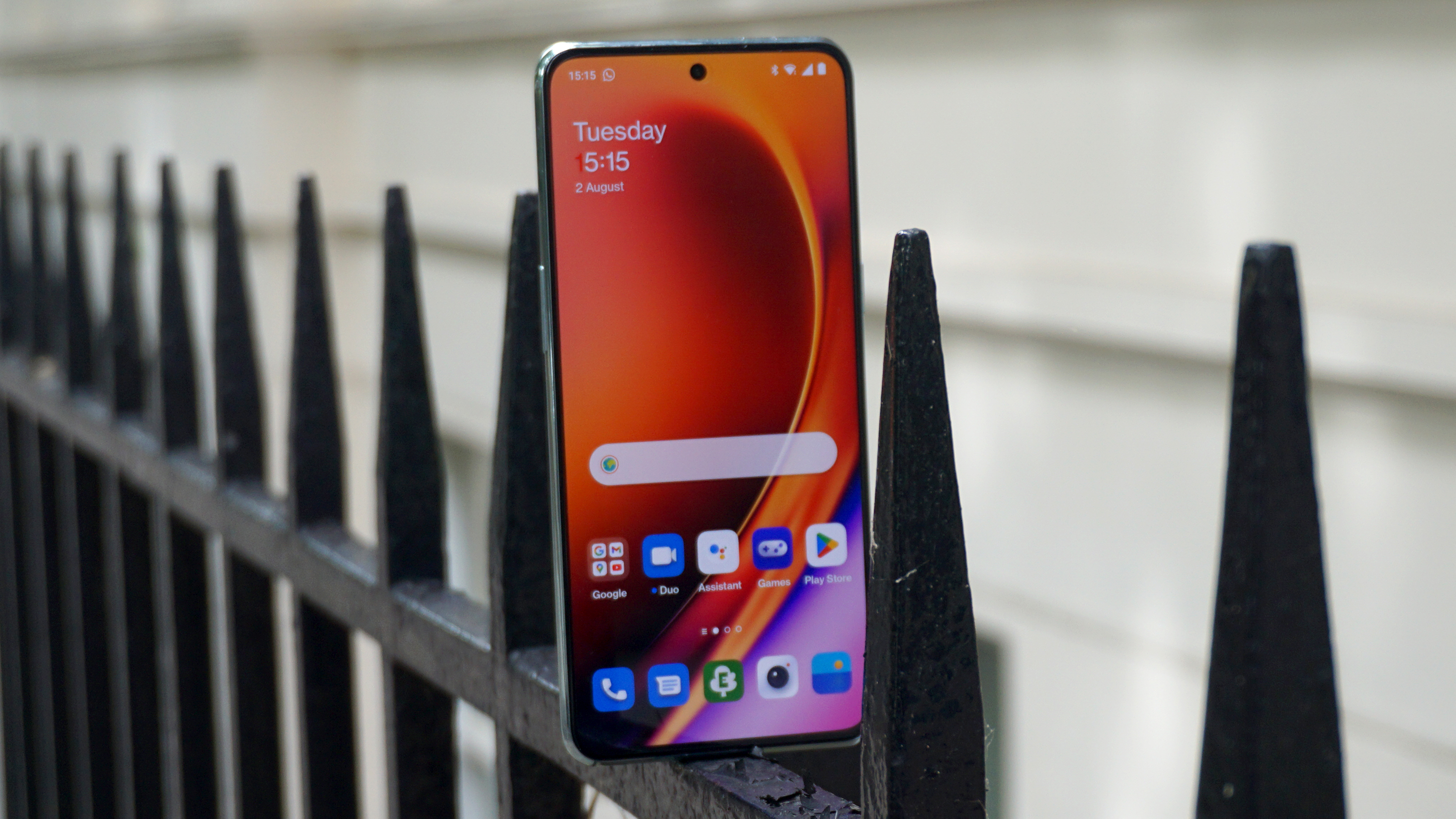
The OnePlus 10T costs £629 for 8GB RAM and 128GB storage – there’s also a 12GB model in some markets (price TBC), while the 16GB/256GB version costs £729. As you know, because you’ve read the introduction to this review, the OnePlus 10 Pro is only a tad more expensive (assuming you buy it at full price).
So OnePlus is clearly positioning the 10T as a near-equal to its older flagship, not as a more affordable, or premium, alternative. That’s definitely going to make it harder for users to decide which to buy – though fans of cheap phones do have OnePlus’ Nord line of budget and mid-rangers to pick from.
The phone launched on August 3, but it’s only going on sale on August 25, with pre-orders beginning a week before, on August 18.
OnePlus 10T design and display
The shared DNA between the OnePlus 10T and 10 Pro is most evident in the phone’s design – they look very similar.
The OnePlus 10T has the same squared camera ridge, the same sleek glass rear, and of course the same big OnePlus logo. However, if you look closer, you can see a few differences.
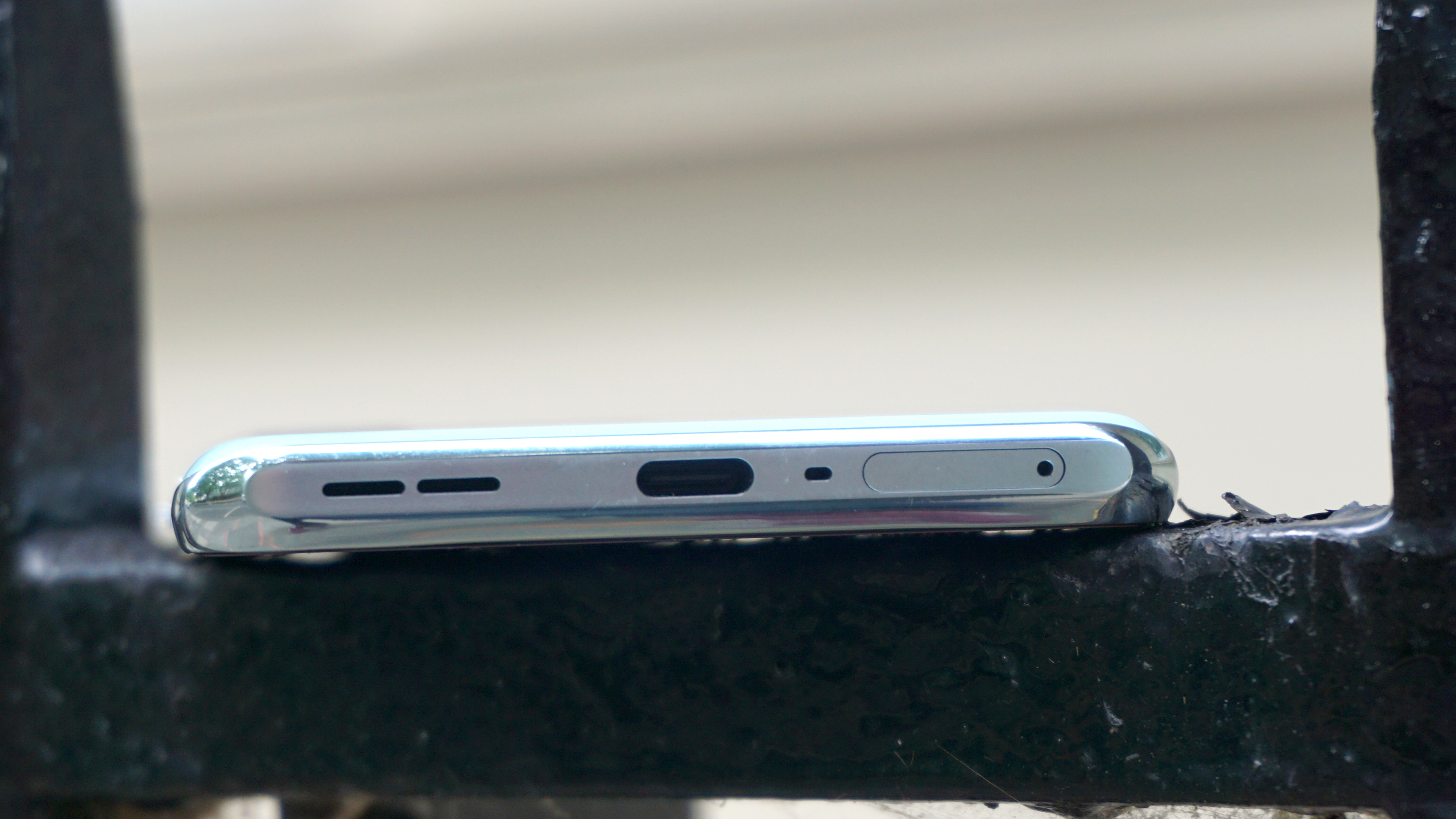
In a move that might upset OnePlus fans, the company opted to drop the alert slider on the phone – this was the little switch that let you jump between silent, vibrate and full audio modes, and it’s been a stalwart feature on its devices.
There’s an in-screen fingerprint scanner here, but we found it curiously temperamental – it often took several attempts to unlock the device.
Another change that might upset people is the use of a flat-edge display instead of a curved-edge one, which means the phone isn’t as comfortable to hold in your hand. Finally, the front-facing camera has been moved from the top-left of the display to the top-center, but that’s not really a big deal.
That display is a 6.7-inch FHD+ 120Hz HDR10+ panel – OnePlus can always be relied upon to use great-looking screens on its phones.
The screen’s massive size could make it annoying for people with small hands, though – even with average-sized mitts, we had to employ both hands to use the device.

OnePlus 10T cameras and battery life
Of all the downgrades from the OnePlus 10 Pro, the 10T’s cameras are possibly the most disappointing.
The 50MP main camera uses the Sony IMX766 sensor. We’ve previously heaped praise on this sensor, as it’s good for low-light photography, but that’s because it usually shows up in budget phones. We rarely see it in ones for this price.
That’s joined by an 8MP ultra-wide and 2MP macro sensor – the former is just fine, while the latter is basically useless. We’ve seen phones at half this price offer this exact same camera array (like the Realme 9 Pro Plus, from OnePlus’ sister brand), so it’s a bit disappointing to see such an expensive phone show up with these cameras.
In its defense, OnePlus is focusing on ‘speed’ for this phone, and cameras clearly don’t fit into that. And the cameras are… well, they’re fine. Pictures are quite saturated, bordering on oversaturated at times, but they’re certainly social media-worthy as long as the lighting is good.

The lack of zoom is disappointing, especially when you consider that even the 10 Pro’s optical zoom range is limited. With no telephoto lens, you’re relying on digital zoom when you close the distance, which caps out at a measly 10x. It’s not quite the 30x zoom of the same-price Samsung Galaxy S22.
Some of the Hasselblad camera modes have been dropped, mainly since this is the first numbered OnePlus phone in a while that doesn’t make the most of the partnership with the camera brand. However, these were all quite niche modes so that’s no big deal.
Regardless this isn’t a camera phone, so don’t buy it if you’re a big mobile photography fan.
When companies make smartphones, they’ve often got to decide between battery capacity and fast charging – the bigger the battery is, the less space there is for charging tech. And OnePlus has clearly decided on fast charging with the 10T.
The OnePlus 10T has 150W charging, a super-fast speed that barely any phones hit right now. OnePlus estimates that, at this speed, the phone will power from empty to full in just 19 minutes – that’s incredibly quick. In the US, charging is a touch slower at 125W, we should point out.
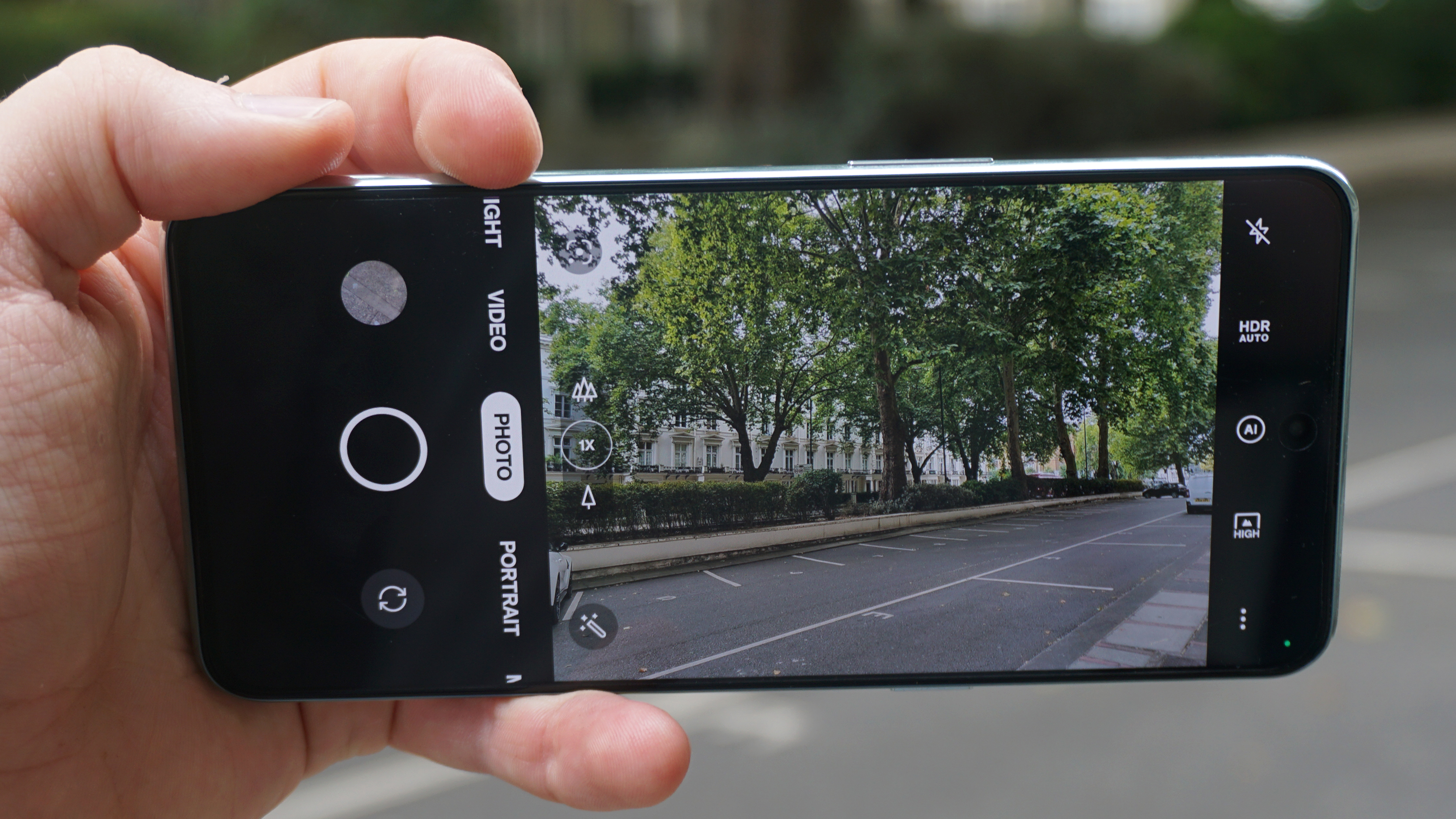
Why are we using OnePlus’ estimate, instead of our charging tests? Well, that’s because this fast charging needs to be enabled with a software update that hadn’t been pushed to phones during our testing – that’s something we need to use for our full review. It’s worth pointing out that the phone only powers at 80W by default – you’ll need to enable the full speed in the settings menu. This is to preserve battery health.
The sacrifice for this fast charging speed is that the battery life is really poor. The capacity is 4,800mAh which is actually pretty big, but for whatever reason, the phone really struggles to hold up.
On an average day, the phone would more or less be drained by the time we went to bed – that’s not great for battery anxiety, and means heavy use could ensure it needs a second charge later in the day.
OnePlus 10T performance and specs
The OnePlus 10T is a very powerful phone thanks to the Snapdragon 8 Plus Gen 1. This latest top-end Android chipset is even more powerful than the non-Plus version in the OnePlus 10 Pro.
It’s paired with, as we’ve mentioned, either 8GB, 12GB or 16GB RAM. OnePlus says that that top RAM model supports 30 apps running simultaneously, but we can’t envision a use case where that’d ever be useful. You should probably just use the storage space or price to decide which phone is for you.
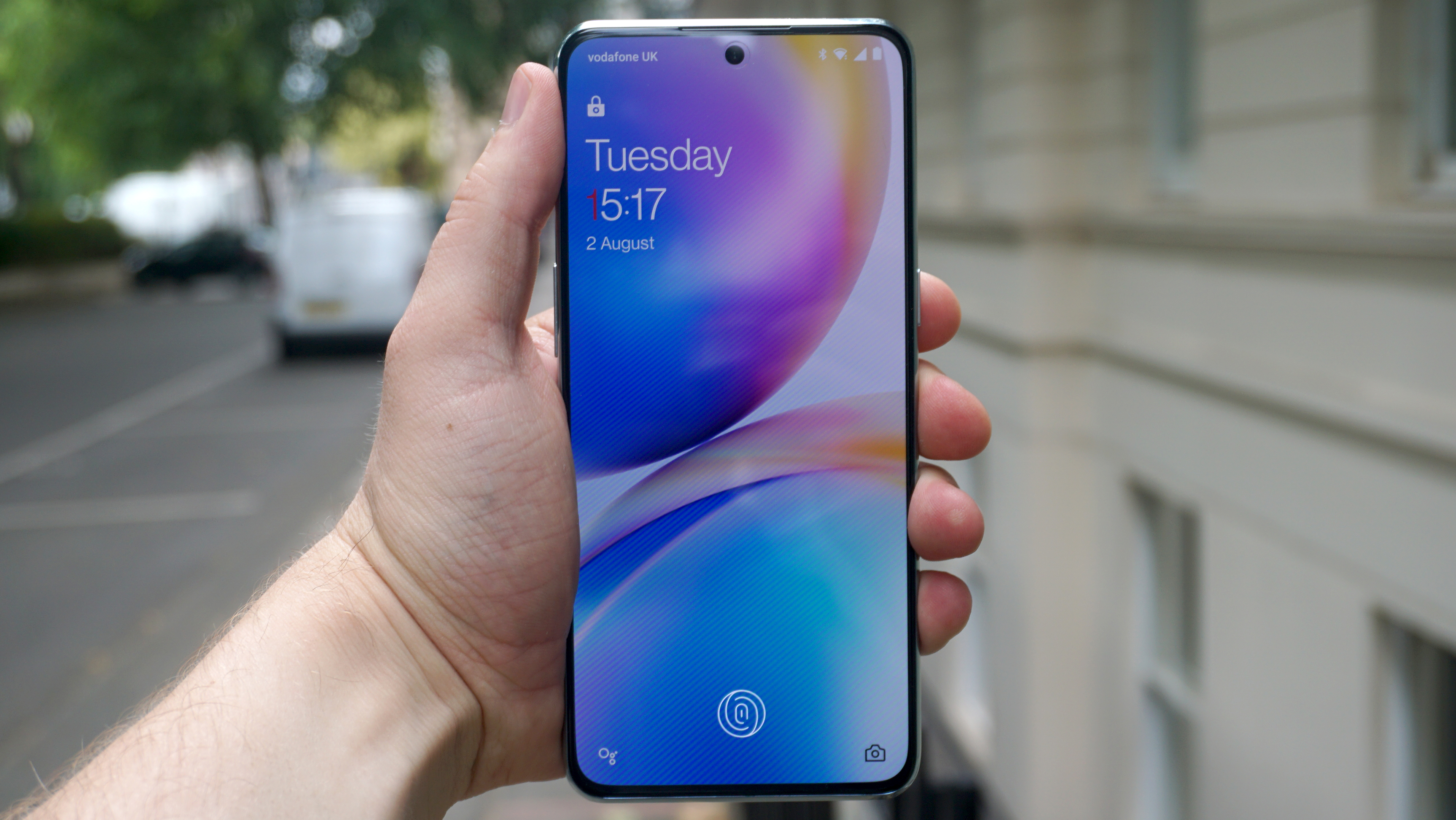
Still, the phone is great for gaming, with enough power to crank those graphics and frame rate all the way up. The big screen makes it doubly useful for a quick game of Apex or PUBG.
The software here is OxygenOS, OnePlus’ fork of Android, with a few extra features like a Zen Mode to reduce distraction and a swipe-down dashboard for some extra functions.
OnePlus has promised that OxygenOS 13, based on the as-yet-unreleased Android 13, is coming towards the end of 2022, with some design and function tweaks. It’ll be coming to the 10 Pro first, but the 10T will get it soon after.
One annoying software issue here is that OxygenOS is clearly designed around the phones having an alert slider to change ring status, and it’s not as convenient to do it in the software as it is on other phones. You have to bring up the volume slider, and instead of pressing the same button as it is on nearly every other mobile device ever made (just above the on-screen volume bar), it’s a different option lower down. This took us quite a while to figure out.
Early verdict
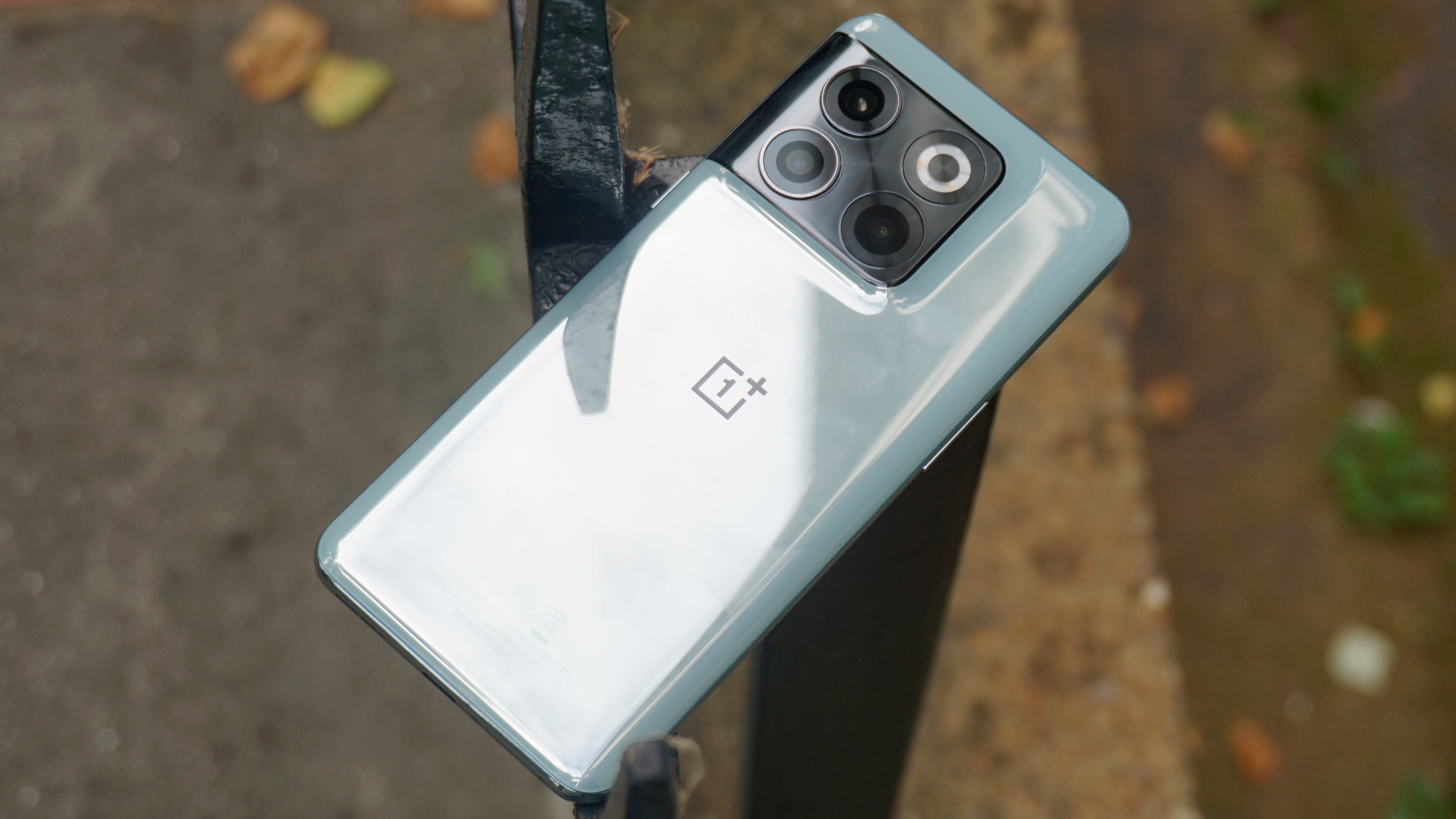
We can’t help but feel disappointed by the OnePlus 10T. Sure, its specs list brings some upgrades, but the things that actually impact the user experience are the appear to be affected by the most downgrades.
Despite having a processor that returns quicker benchmark scores, the Plus version of the Snapdragon chipset in day-to-day use feels identical to the non-Plus version used in the 10 Pro. The same can be said about charging – despite 150W charging being a lot quicker than the 10 Pro’s 80W on paper, in practice, the charging speeds are only about 10 minutes quicker. That’s not a huge amount of time, given that many of us leave our phones plugged in for eight hours every night.
The downgrades like the weaker cameras, flat-edge display and poor battery life have much more of an impact on the way you use your phone, making this feel like a poor imitation of the OnePlus 10 Pro.
We haven’t finished all our testing of the OnePlus 10T, so it’s possible we’ll come to like the device a lot more. But for now, we’ve got to recommend the 10 Pro over this.




